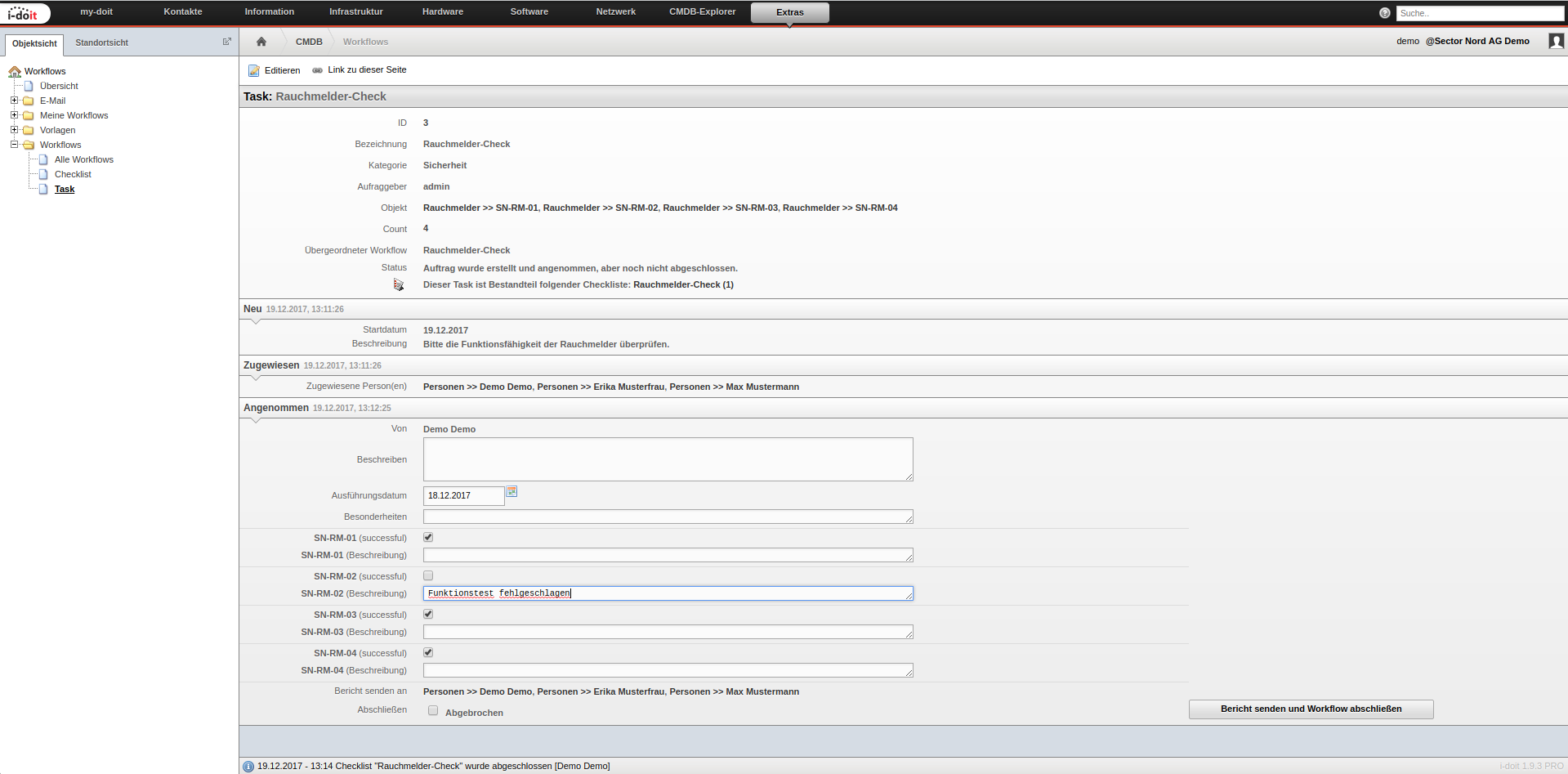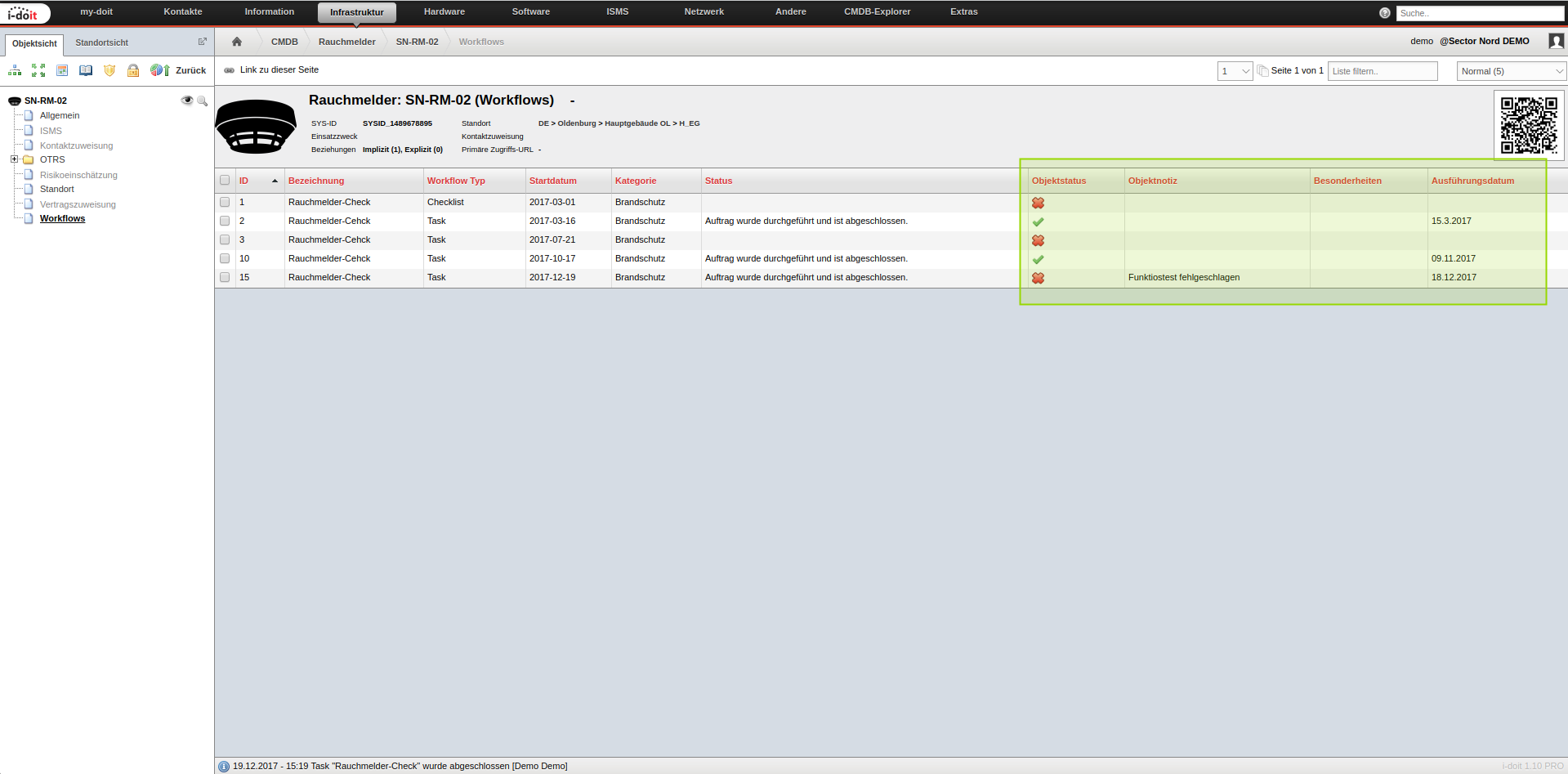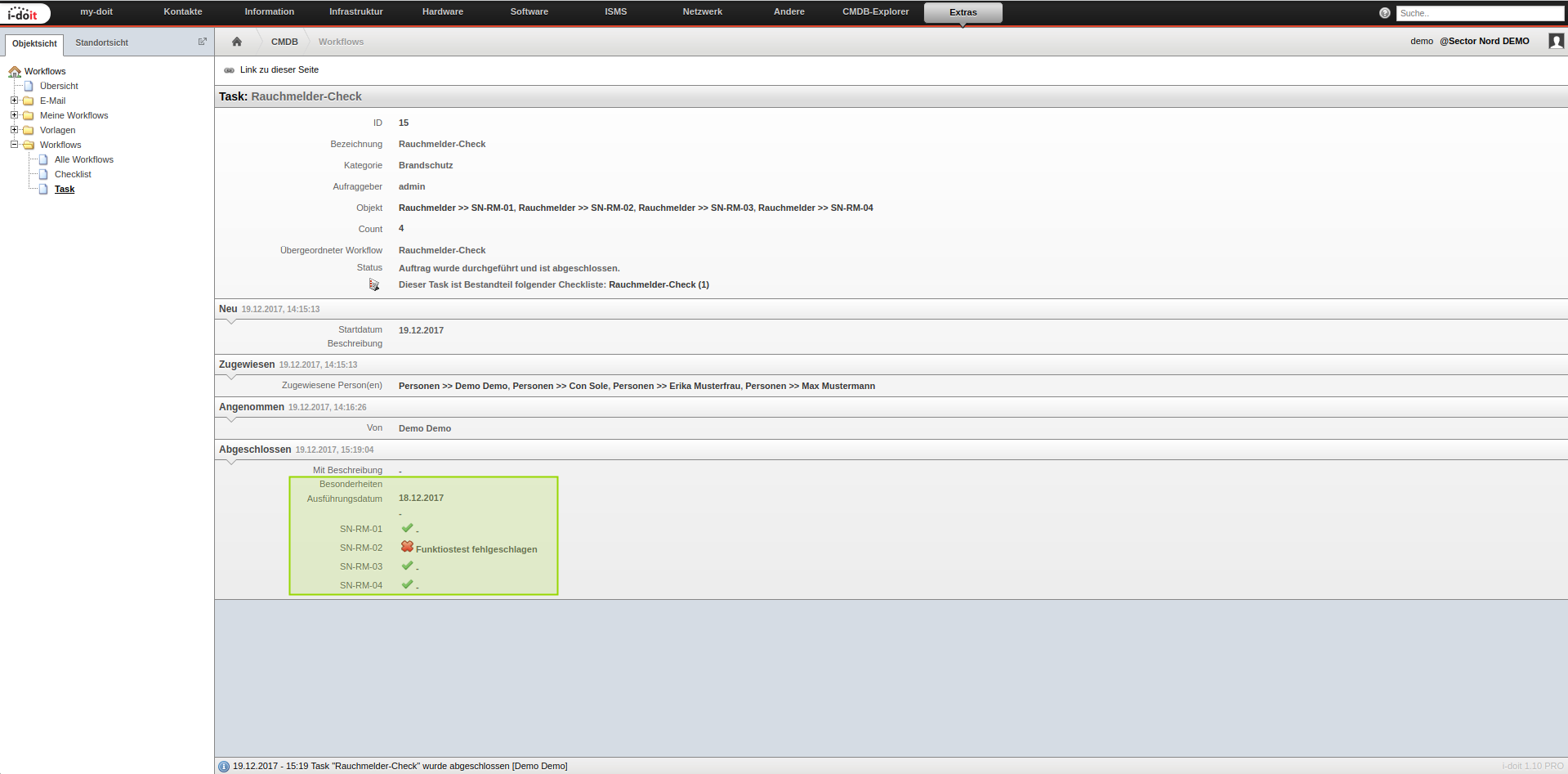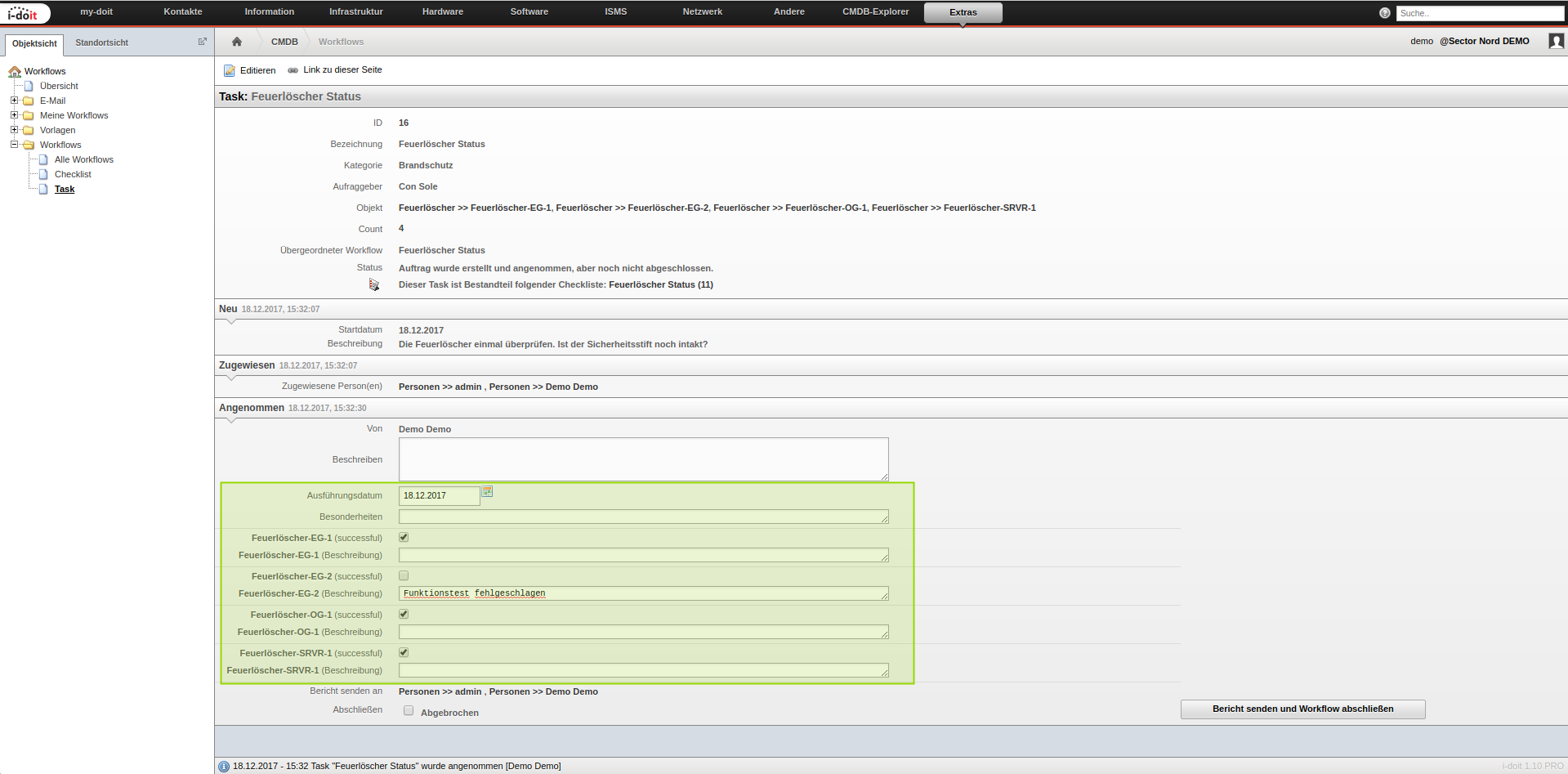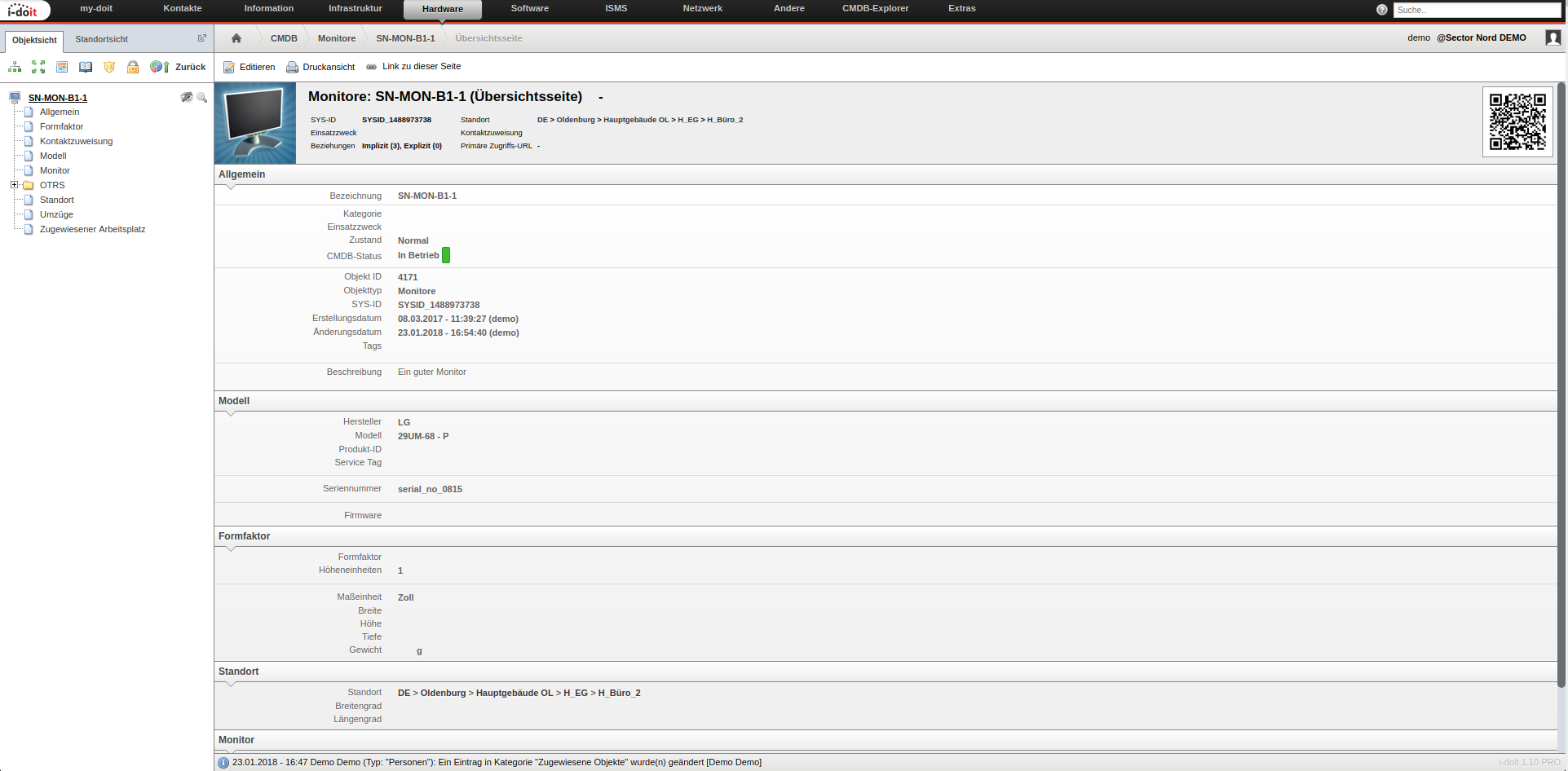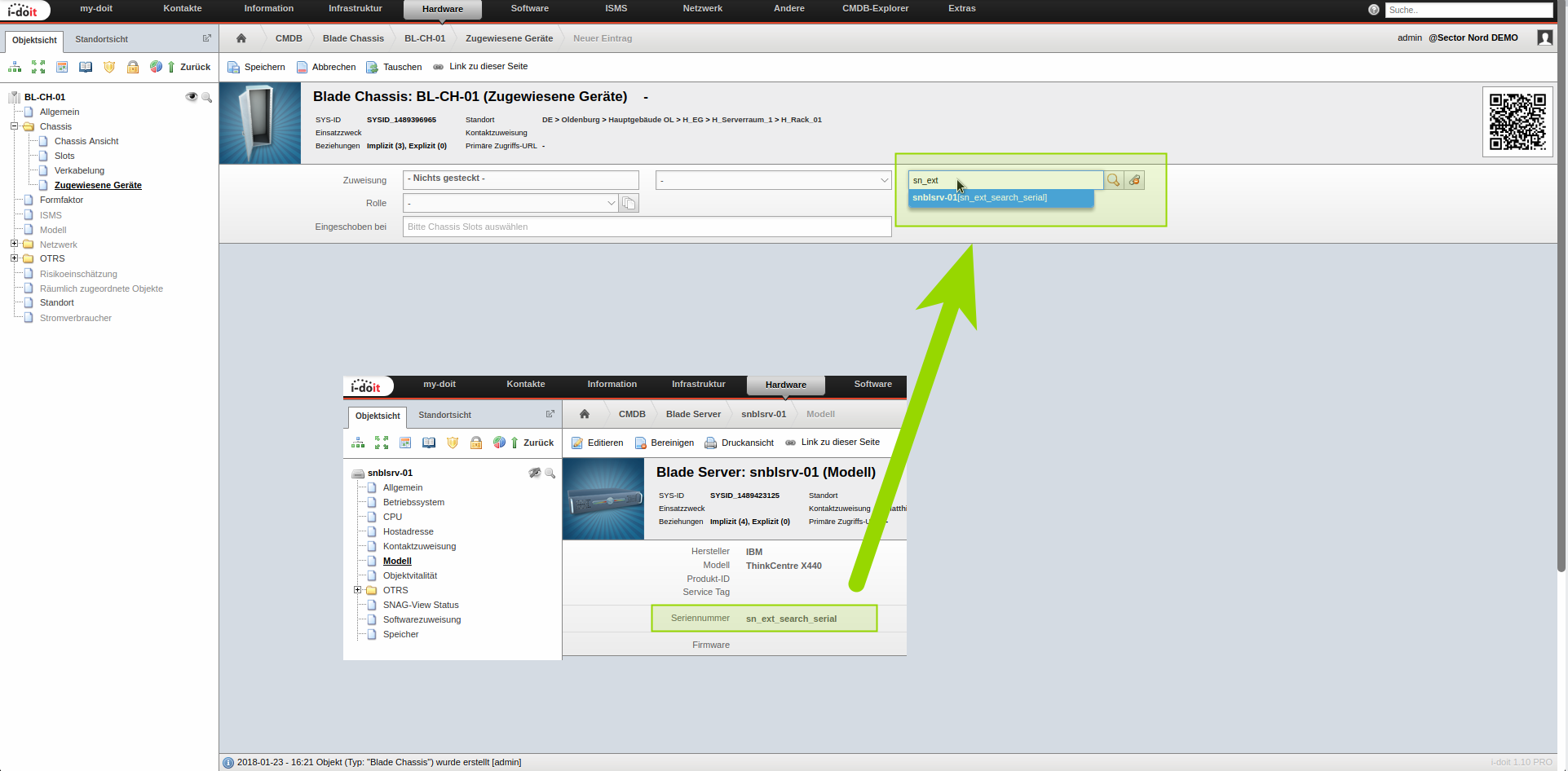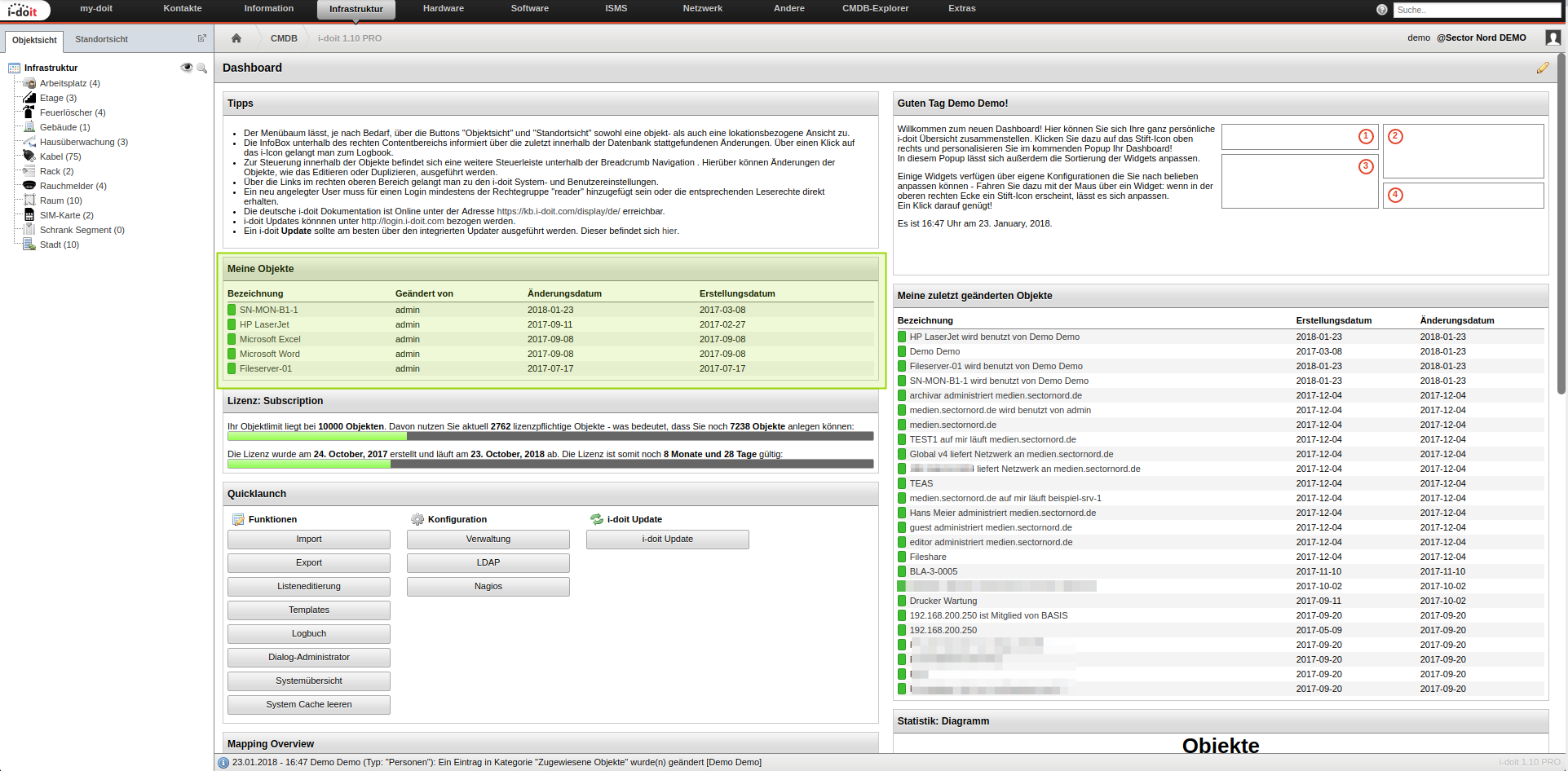CMDB / Configuration Management Database
i-doit
What is i-doit?
The i-doit application is an ITIL compliant platform for IT documentation which contains the know-how and experience of more than 20 years of consultancy and technology praxis in a high-profile project environment. In combination with SNAG-View and Znuny / OTRS CE this gives you a comprehensive, no-worries package which leaves (virtually) no wishes unfulfilled.
i-doit is more than a database of maintained objects. Links between the existing objects ensure its character as a CMDB. This means that full details of an object are available very quickly at a central location.
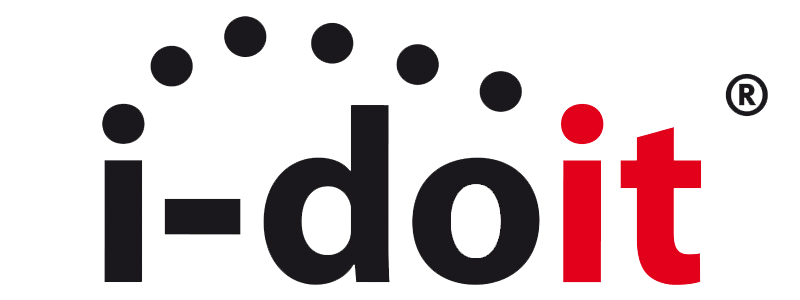
Partnership

The strategic partnership between Sector Nord AG and i-doit GmbH has been sealed.
i-doit GmbH is a specialist for planning, implementing and maintaining adaptive infrastructure solutions.
Since 2004, the company has focused on developing open source software and offers a corresponding portfolio of support and maintenance services.
The i-doit application is an ITIL-based platform for IT documentation which contains the know-how and experience of more than 15 years of consultancy and technology praxis in a high-profile project environment.
Documentation
When installed, i-doit comes with some common object types and matching properties. This means that you can immediately start populating your CMDB. Of course, you can create your own object types and properties.
Sample categories
IT infrastructure
Server, switches, routers, clients, printers, IP phone...
Software
Applications, operating systems...
Licenses
Single license, volume licenses...
Documents
Contracts, manuels, plans ...
Networks
IPv4, IPv6 ...
Virtual enviroments
VMware, servers ...
Complex IT structures
Cluster, databases, SAN ...
Buildings
Office buildings, workplaces, production facilities...
Screenshots
advantages of i-doit
BSI IT Grundschutz 200 x mit dem neuen VIVA2 Add on
Our i-doit modules
Extended Workflow
With our "Extended Workflow" extension of the i-doit standard workflow module it is possible to document the success or failure of an assigned task. The standard merely documents "that something was done". Our extension ensures that it is also possible to see whether the task assigned to a specific object was successful or not.
For example, for a task that instructs the admin to update certain servers regularly, it is possible to document that Server1 and Server2 have received the update, but Server3 has not, but the task itself has been performed. Of course, a short explanation can be given.
The objects and their status appear in the overview of the completed task. The same applies to the "Workflow" category for each individual object.
This data can be evaluated using the Report Manager.

Screenshots Extended Workflow

Auto-Fill Name
With the "Auto-Fill Name" extension, it is possible to predefine designations and, for example, to provide them with a counter. Depending on the object type, this ensures that both the name and the current counter of an object are managed correctly. It is therefore an ideal supplement to validation.
Example: IP-telephone type objects follow the naming scheme "IP-Tel-XYZ". If the last telephone stored in i-doit is called "IP-Tel-023", the next created object will be called "IP-Tel-024" - the user does not have to remember the name of the newest object.
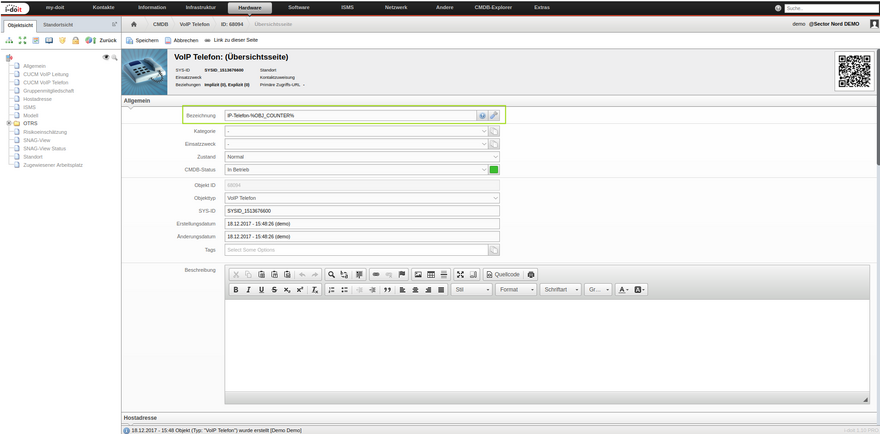
Services - Consulting
CSV-Import
The CSV import is in many cases the first step when it comes to the initial filling of the CMDB. Unfortunately, the underlying Excel sheets often contain minor slip-ups. A Perl script developed by us is able to clean up one or the other inaccuracy within the CSV. This ensures that objects are not involuntarily created more than once during the import or that attributes are filled in different spellings.
For example, if the operating system is maintained in a list of servers in a column, it often happens that different spellings have become established over time ("Win 2008" and "Windows 2008"). In the CSV this does not cause any problems and everyone knows what is meant. For the import, however, these would be two different operating systems, so two objects would also be created. Both spellings would have to be taken into account in an evaluation.
By small adjustments this script can be individually adapted, so that the quality of a CSV increases clearly.
In addition, this script can process existing information in an i-doit-compliant manner. This is particularly interesting if (automatically) data is to be updated using the controller via the CSV importer and the underlying CSV was automatically exported from another tool.
VM-Import-Helper
VMware is used as a virtualization solution in many environments. With the help of a script, the current data can be read from the vSphere database and the CDMB can be filled via the i-doit CSV import. This requires read access to the (PostgreSQL) database. Of course you can define which fields are to be read for the i-doit import. Thus, the current data of the virtual servers are also conveniently available in i-doit.
Own reports.
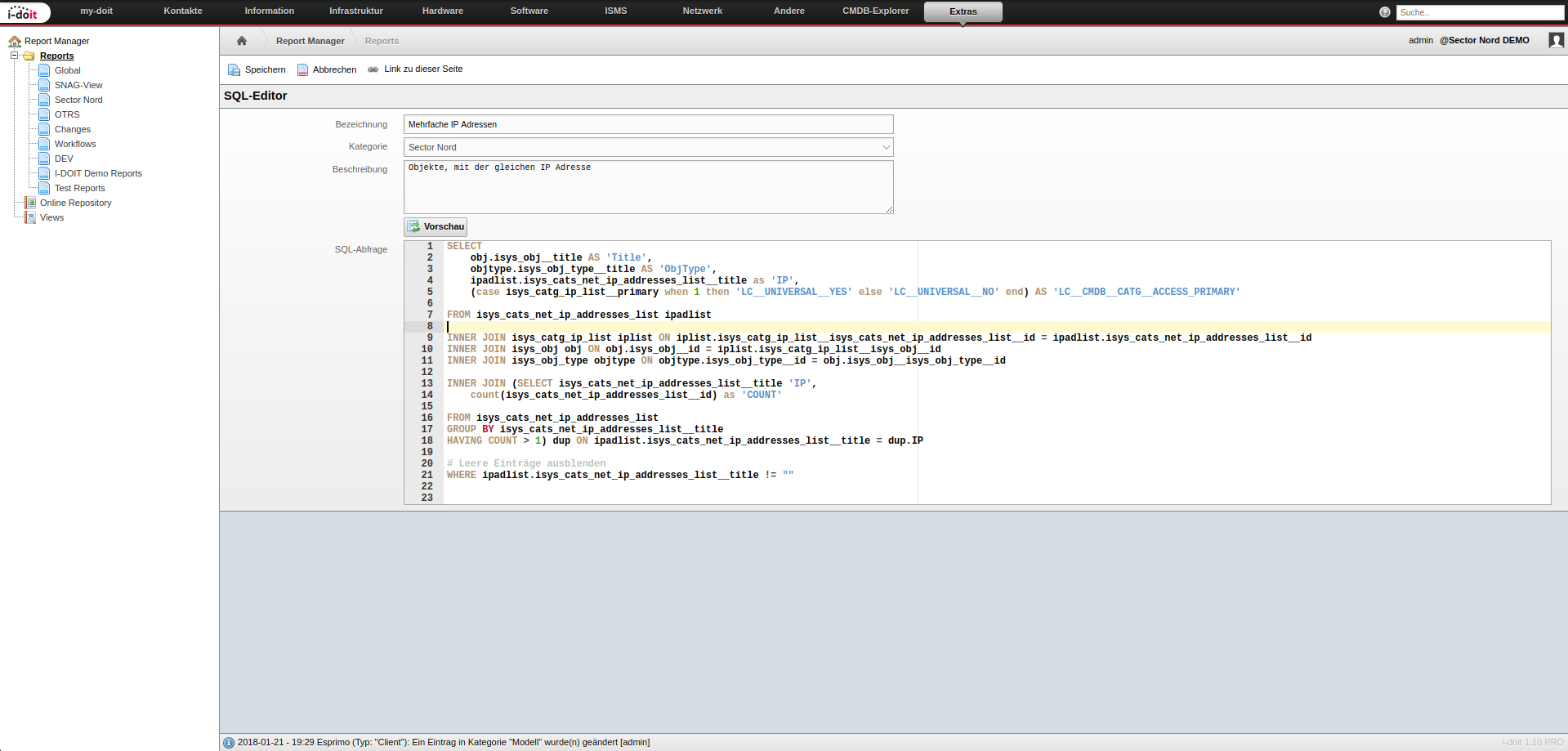
With the help of the Report Manager, you can quickly and easily create your own evaluations in the i-doit interface. However, in some cases the report manager reaches its limits. For these cases, i-doit offers the SQL editor. However, this requires a good knowledge of the database structure.
We use our many years of experience to create the required reports.
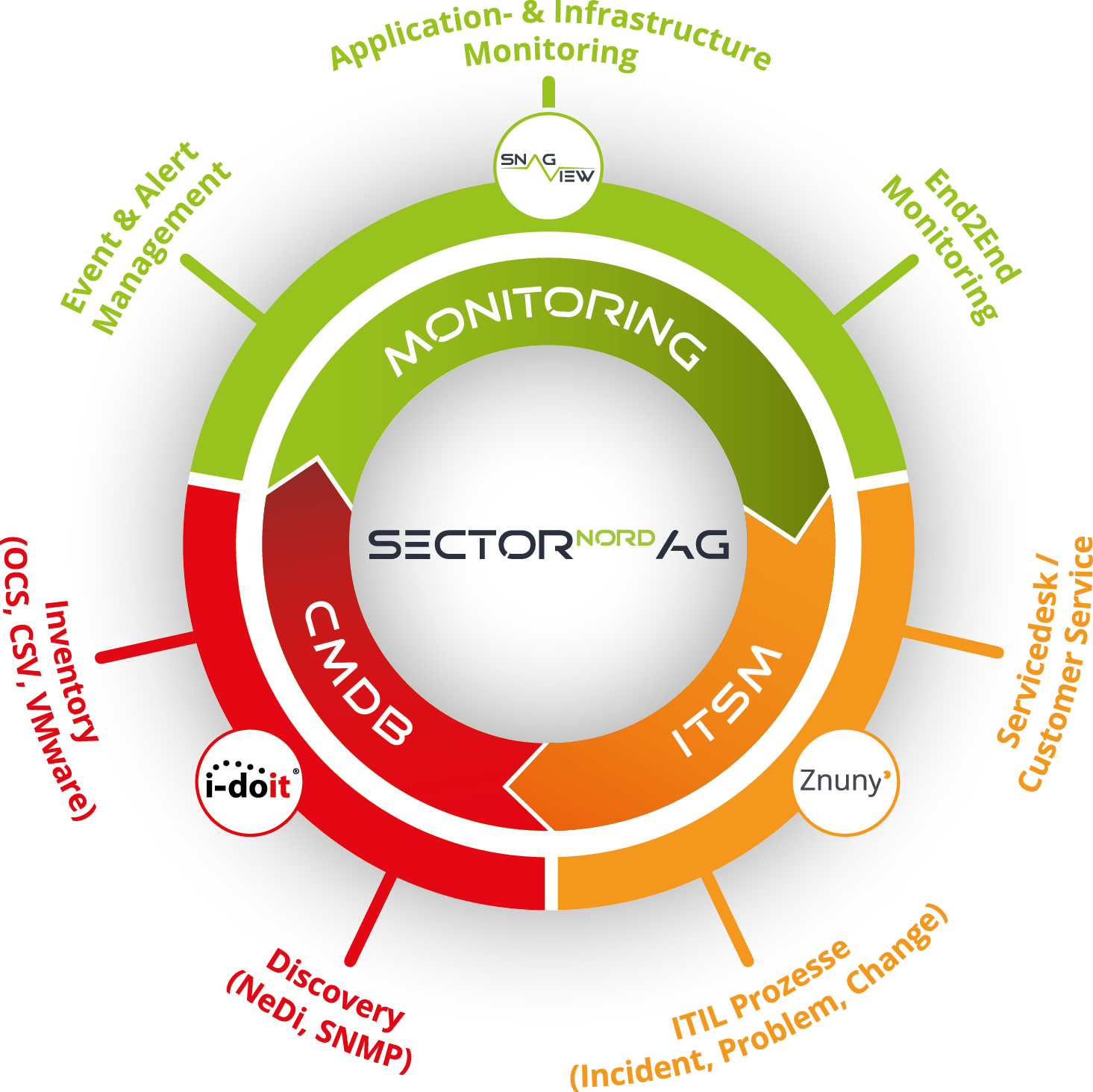
ITSM-Connector
i-doit - CMDB
i-doit is part of the ITSM connector; as a central CMDB all data are provided for all systems here.
ITSM-Connector
